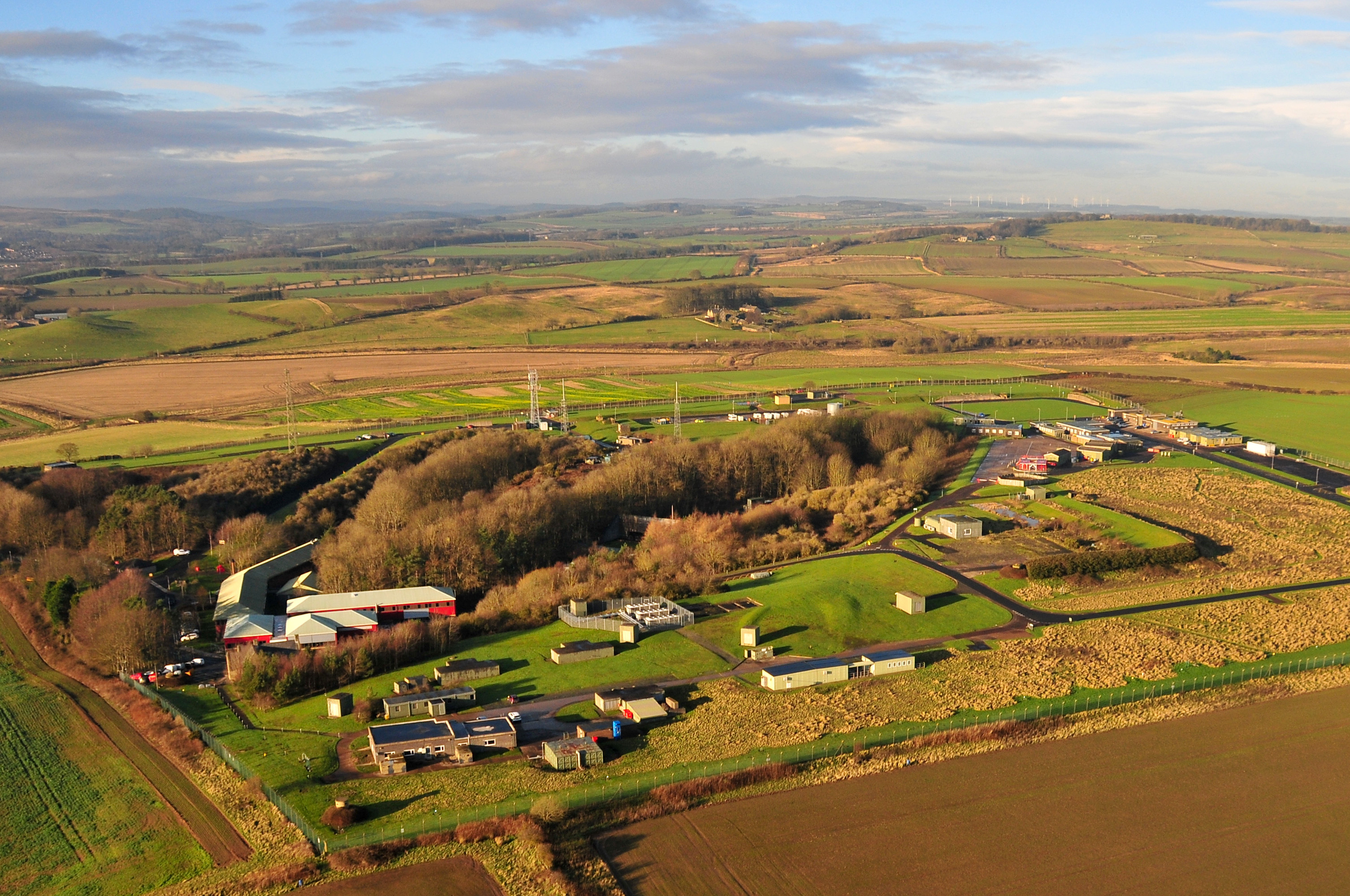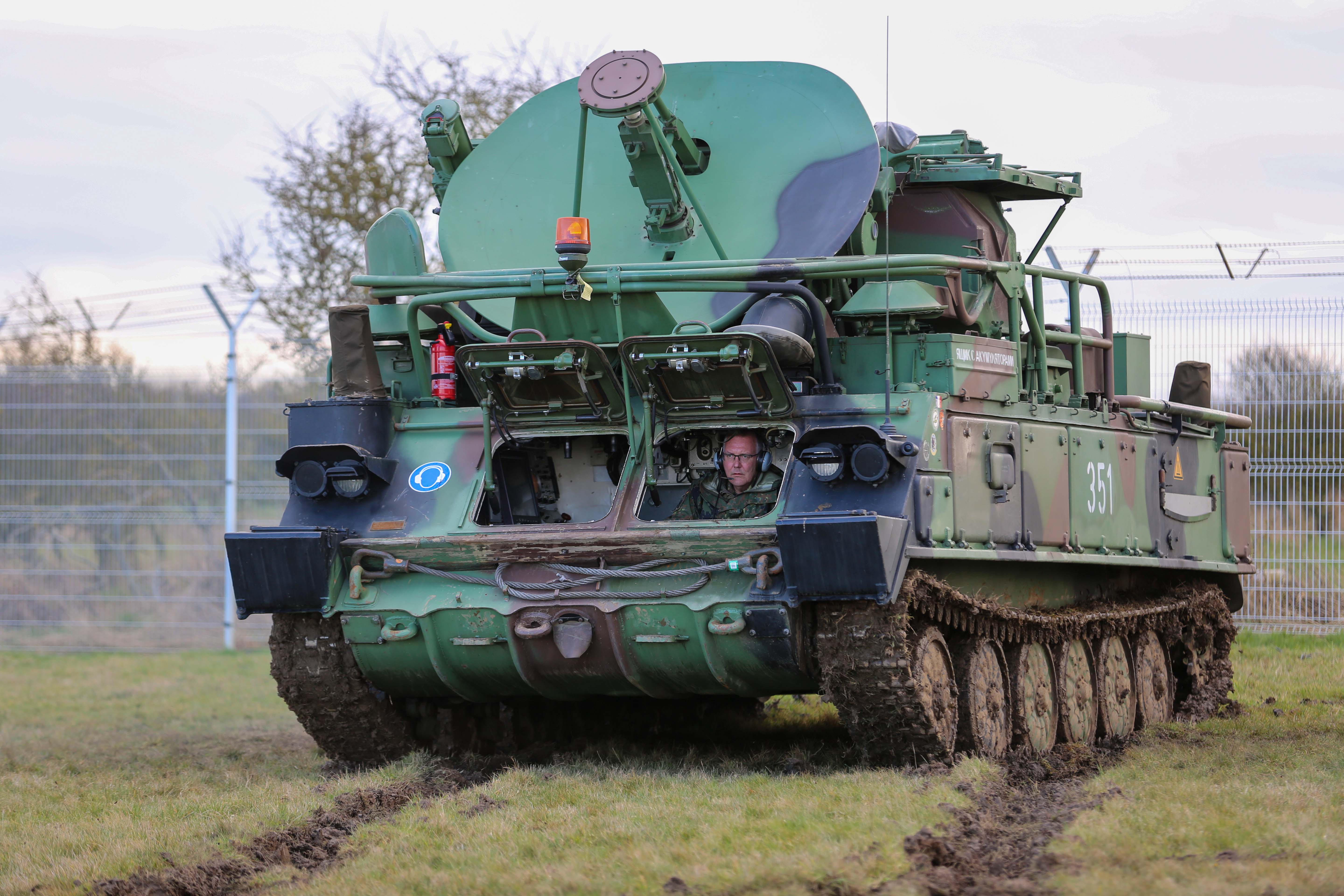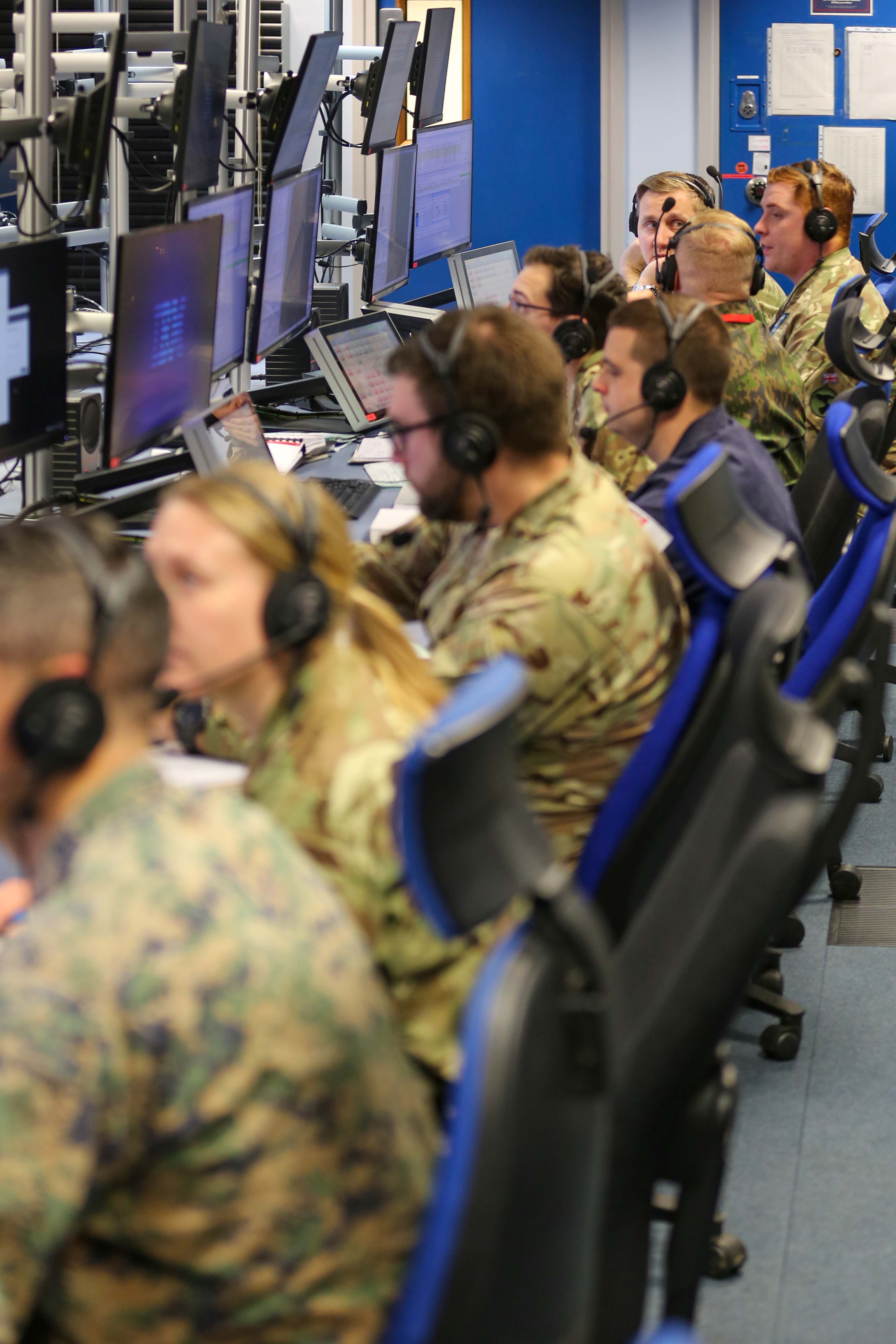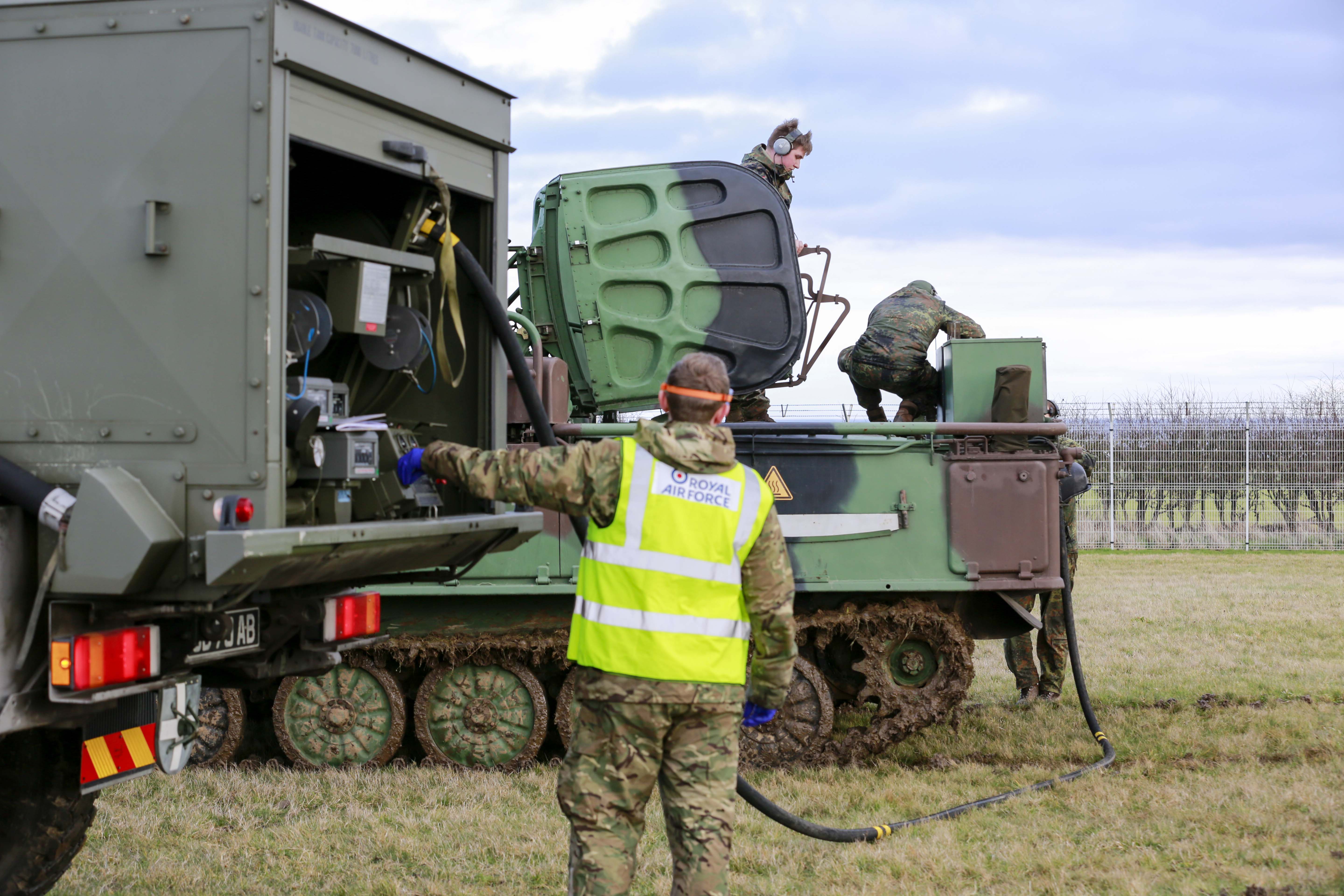Royal Air Force personnel based at RAF Boulmer and its outstations in Northumberland and across the UK have played a key role during the UK’s biggest aerial training exercise.
This iteration of Exercise Cobra Warrior saw 70 aircraft training together in high intensity, large force, simulated complex air warfighting operations for three weeks. The exercise aims to boost interoperability and helps to develop joint tactics in the air and is run from the RAF’s Air and Space Warfare Centre based at RAF Waddington.

The key role of RAF Boulmer is that it is home to the RAF Command and Control, where RAF Battle Space managers can see the radar picture of the whole exercise area and therefore direct the exercising aircraft so they in turn can carry out their missions. In addition to this vital role. For the exercise, the station also hosted a combined German Air Force and US Air Force air defence training detachment.
For the RAF Boulmer-based personnel of numbers 19 and 20 Squadrons, Exercise Cobra Warrior provided an excellent opportunity for the controllers and surveillance teams within the Control and Reporting Centre located there to work in a high-tempo, multi-national environment. During the exercise personnel from some of the exercising nations were also embedded to join the teams.

The presence of aircraft from many different nations also provided the ideal background for conducting operations as a coalition, which helped to cement important skills and key friendships, essential in any future conflicts. As part of Battlespace Management Operations, the controllers of 19 Squadron, ably supported by the world-class training provided by 20 Squadron, were able to control sorties with large numbers of aircraft, conducting complex and demanding missions, all the while ensuring the highest standards of safety.
As one of the UK’s most important exercises, Cobra Warrior provided our crews with the perfect training opportunities. We were able to conduct activity that we’ve not seen in a long time, allowing us to hone our skill-sets to meet any future threats.
Squadron Leader Winder
Commander of the Control and Reporting Centre Plans sections
A key component of winning any air war is being able to survive and defeat the threats posed by enemy ground-based, surface-to-air missiles. To train to overcome such threats the RAF has a specialist unit based at RAF Spadeadam that is able to simulate the air defence threats that the RAF and Allies would face on operations.

For this iteration of Cobra Warrior the simulated Air Defence threat capability was enhanced by a combined German and US detachment that was hosted by RAF Boulmer. The team, known as Polygone, brought a series of specialised equipment from across Europe and positioned them at key locations around the north of England, including at RAF Boulmer. The Polygone equipment was then able to provide a challenging and contested air environment that tested how the RAF and its allies as they sought to gain dominance of the skies and overcome threats the exercise provided.

We are proud to be able to help provide world-class training to our pilots and to help ensure the success of Cobra Warrior. The Germans and the Americans are very professional, and they are a great bunch to work with. Nothing was too much trouble, and they enjoyed the serenity and beauty of the Northumberland countryside so much, that I don’t think they wanted to leave! We look forward to seeing them again, later in the year.
Warrant Officer Innes
This iteration of Exercise Cobra Warrior has now finished after three weeks of challenging training scenarios for all participants.





